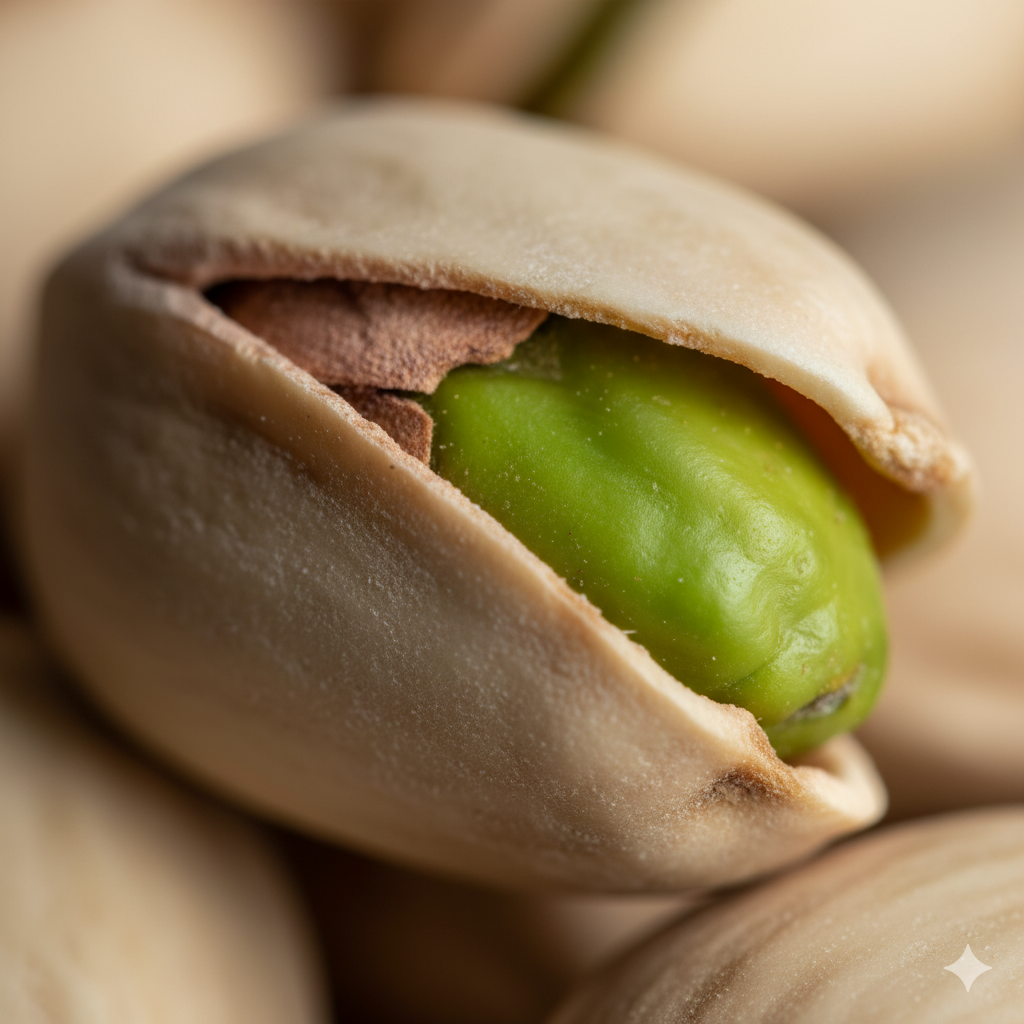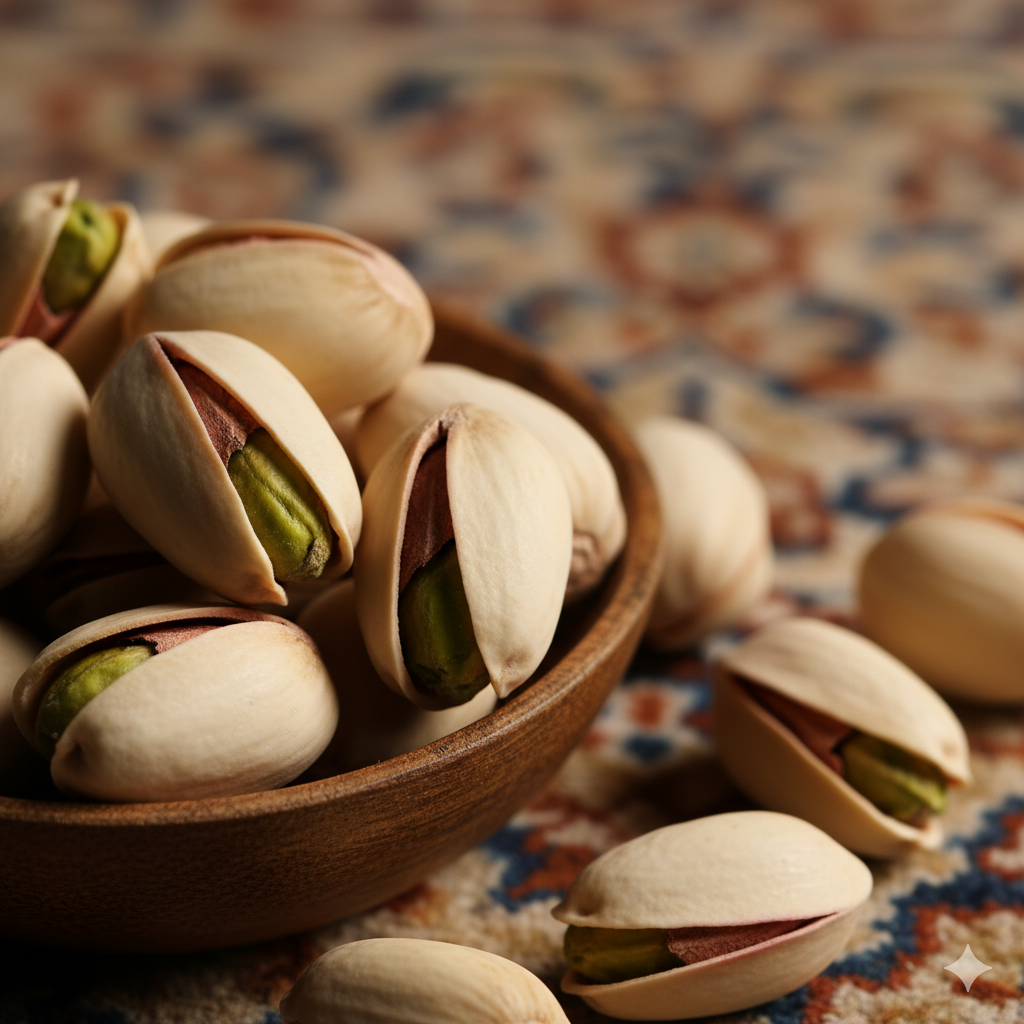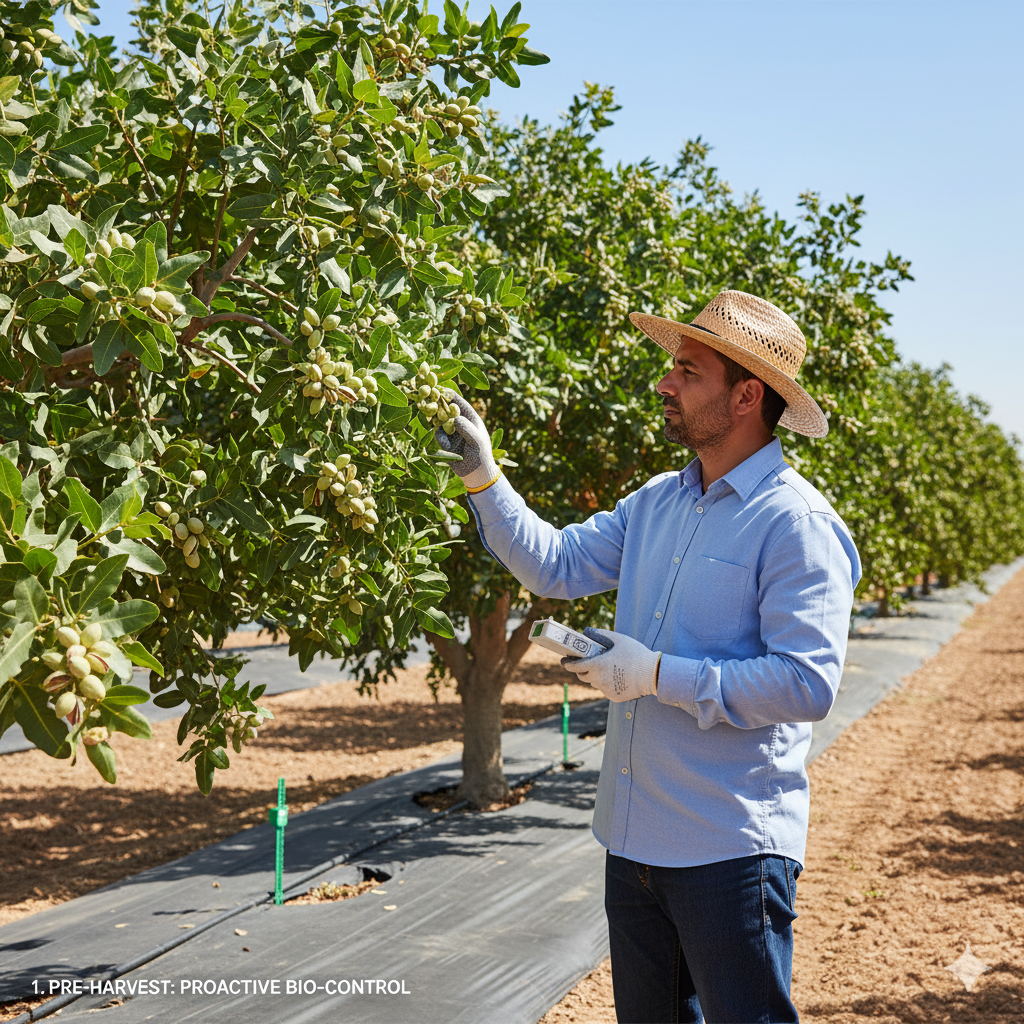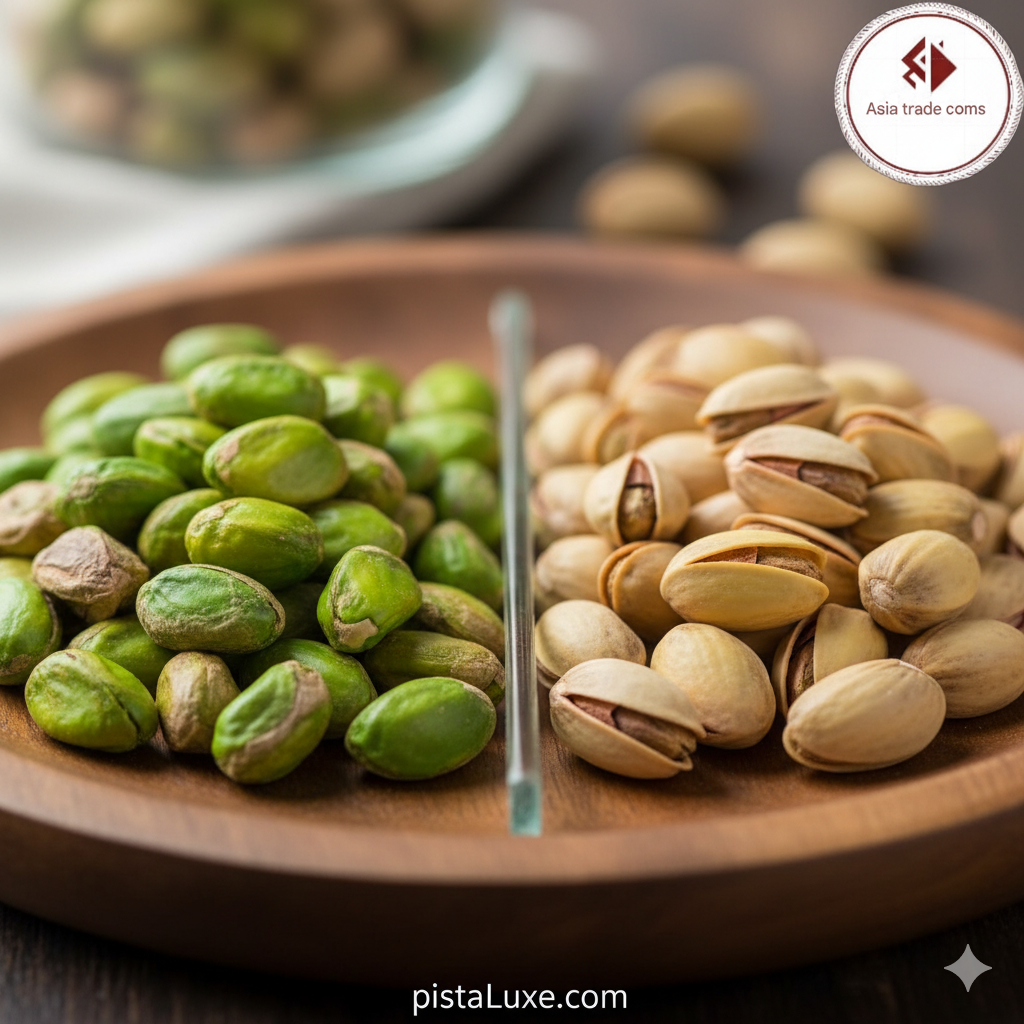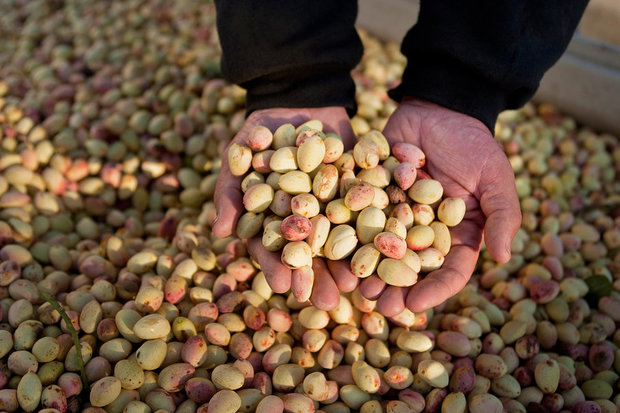
Introduction
Pistachios offer a balanced profile of plant-based protein, healthy fats, fiber, and micronutrients that can support training, recovery, and long-term athletic health. This article examines how pistachios influence performance, energy management, and body composition, with actionable timing and portion strategies for active individuals.
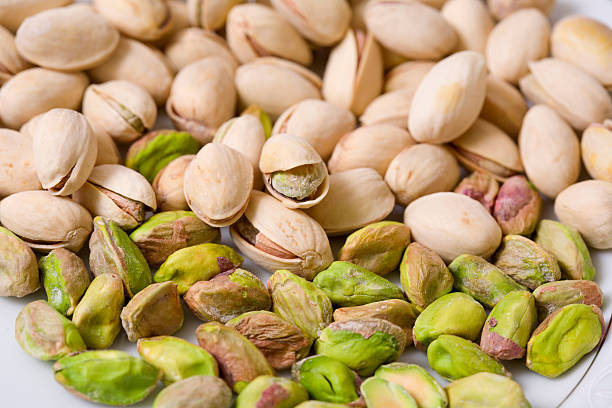
How Pistachios Enhance Exercise Performance
- Protein and muscle repair: A serving provides essential amino acids that support muscle protein synthesis post-exercise.
- Sustainable energy: Monounsaturated fats and a modest carbohydrate content supply steady energy for endurance efforts.
- Electrolyte balance: Naturally occurring sodium, potassium, and magnesium help with hydration and muscle function, especially in longer sessions.
- Antioxidant support: Vitamin E and polyphenols may mitigate oxidative stress from training and support recovery.
- Satiety and weight management: Protein and fiber promote fullness, aiding adherence to energy-balanced diets crucial for athletes.
Timing and Practical Consumption Around Training
- Pre-workout: 1 ounce (28 grams) 30–60 minutes before activity for a light energy boost without heaviness.
- During training: For long sessions, a small portion can help maintain energy and stave off hunger.
- Post-workout: Combine pistachios with a carbohydrate source (e.g., fruit or yogurt) to replenish glycogen and initiate recovery.
- In meals: Add chopped pistachios to oats, grain bowls, or savory dishes to boost protein, fats, and micronutrients.
- Sodium considerations: Prefer dry-roasted and unsalted varieties when possible; monitor overall sodium intake.
Portion and Calorie Awareness
- Typical serving: ~1 ounce (28 grams) equates to roughly 160–170 calories depending on brand
- To order or get advice on pistachio and dried fruit varieties, contact our team via our official WhatsApp. Our support team is ready to answer your questions and can help you choose the right pistachio and dried fruit. WhatsApp number 009890214773705


